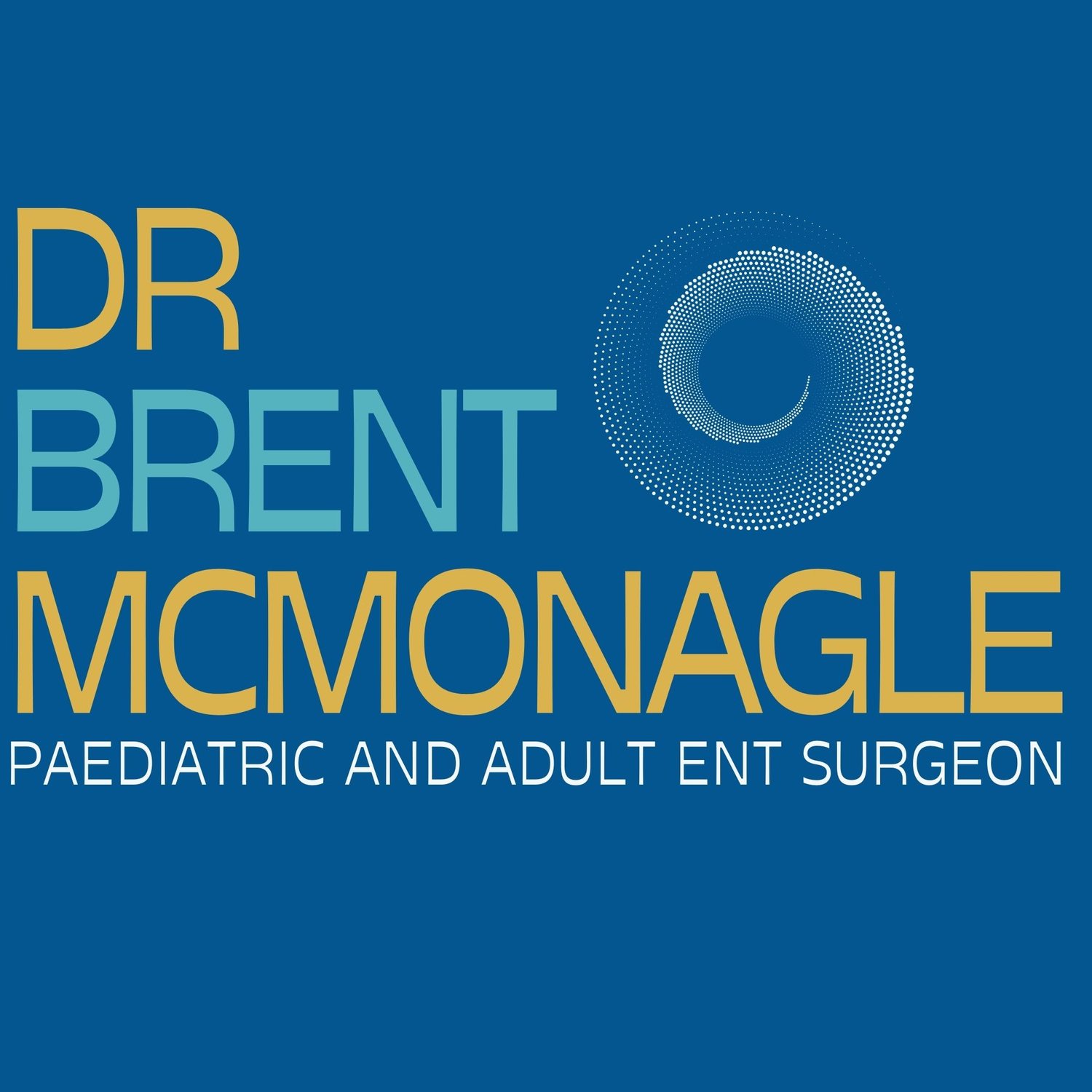New 60/60 rule a revelation in cochlear implant surgery
Queensland ENT surgeon DR BRENT MCMONAGLE explains how we can all make efforts to improve the number of adult cochlear implant recipients as only 11% of eligible adults receive the implants.
Cochlear implants (CIs) are one of medicine’s most important technological advances and are considered the gold standard treatment for patients with severe to profound hearing loss when hearing aids aren’t adequate.
Despite this, significant barriers exist.
In Australia, about 90% of eligible babies are implanted but only 11% of adults are which is very disappointing and totally unacceptable.
CIs are available through the public system, Department of Veteran Affairs – for some white card and all gold card holders – and for most privately insured patients. Twelve years is the average time between when an adult becomes eligible for a CI and they receive one which is 15% of the average lifespan!
Once aware they are eligible, 90% proceed to cochlear implant surgery within a year.
The reasons for this lack of penetration are complicated and multifactorial.
The major reason relates to referrals. CI referral can come from GPs, audiologists and audiometrists, from patients themselves or concerned/frustrated family and friends.
GPs bear the brunt of general health care and must be across almost all aspects of medicine.
Hearing loss is a poorly taught and understood component of medical school teaching and ongoing GP professional education.
In my opinion, there is a tendency for GPs to refer patients for audiograms and then presume the audiologist will suggest a hearing aid if appropriate and may then consider the management of the hearing loss has been passed onto audiologists and audiometrists.
Understandably, audiologists and audiometrists are the main referrers, at least in my practice.
From talking to audiological colleagues, there is apparently not much instruction on CIs during audiological training, and as such, some audiologists and audiometrists may not be aware of referral guidelines.
The recently described 60/60 rule has been a revelation in simplifying referral guidelines.
The 60/60 referral guideline for identifying patients who should be referred for a cochlear implant candidacy evaluation (CICE) states patients should be referred if they demonstrate a best ear unaided monosyllabic word score less than or equal to 60% correct and if they demonstrate an unaided pure-tone average in their better ear that is greater than or equal to 60 dB HL.
A referral for a CI doesn’t mean the patient will receive a CI; it’s just the next step along the path to determine candidacy. There may be concerns about referring “too early”, before a candidate is audiologically indicated. This is rarely a problem as the worst that can happen is the patient is counselled by CI audiologists, ENT surgeons or both about CIs and told that they are not ready yet but may well become eligible in the future.
Audiologists and audiometrists may also “hang on” to patients rather than broadening the management team by offering referral for a CI assessment due to reservations about “losing” patients if they opt for a CI.
If a new audiological team becomes involved and takes over the implanted ear, the audiologist can continue to care for the non-implanted ear, if aided on that side. Finally, patients and family members also may initiate referral due to sheer frustration with worsening communication difficulties.
Age is rarely an issue: cochlear implantation occurs in newborn babies from six months of age into the 90s; in fact, the oldest CI recipient was 103! We cannot be ageist and assume that someone is too old.
Humans are living longer with each generation and people want good quality of life hence the increasing numbers of cataract operations, joint replacements and other procedures in the elderly.
Cochlear implantation is not a rarely performed operation anymore like it was in the late 1970s and 1980s. It is also not only for the bilateral, profoundly deaf; CIs are indicated for moderately severe to profound hearing loss where hearing aids are insufficient.
The operation only takes about two hours with one night in hospital – sometimes day surgery – and minimal pain. Most patients report a straight-forward recovery with the worst issue usually being some imbalance or rarely vertigo which usually settles within days.
There is also the long-standing issue of the stigma of hearing aids; some people have reservations about wearing hearing aids due to aesthetic concerns. While spectacles can be trendy and a fashion statement, hearing aids seem to project advancing age and disability.
Moving forward, we can all make efforts to improve the number of adult cochlear implant recipients. GPs and audiologists could potentially have more exposure to CIs in their training and ongoing professional development. Governments could help to promote hearing loss awareness more and improve access for hearing testing. Perhaps hearing loss could even become more prominent in GP screening programs.
About the author: Dr Brent McMonagle is a paediatric and adult ENT surgeon from the Gold Coast who specialises in cochlear implantation.

